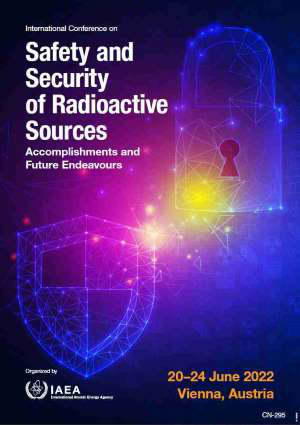Speaker
Description
As radiological and nuclear material find increasing civilian applications in industry, agriculture, medicine, research and education. However, the risk that nuclear or radioactive material could be used in criminal and terrorist acts remains a matter of serious concern to all stakeholders around the world. Insider threats are perhaps the most serious challenges nuclear security systems face globally, this is because some of the cases of theft of nuclear and radioactive materials or sabotage of facilities where the circumstances are known were perpetrated by insiders or with the help of insiders [7, 9]. Therefore, in the nuclear sector, there are no boundaries; hence whatever is the nuclear threat is by extension a threat to Nigeria's national security. In addition, potential insider attack to facilities is likely in Nigeria because of the manifestation of threat indicators such as: terrorist and criminal organizations, past nuclear facilities incidents, drug production, drugs and arms smuggling and social insecurity respectively [3, 13]. Thus, insider threat has potential impact on Nigeria’s nuclear security architecture (NSA). Consequently, the study examined potential Insider Threat and Nigeria’s NSA, with a view to articulating appropriate risk mitigating strategies. The study employed descriptive research design. Data were collected from both primary and secondary sources. Both qualitative and quantitative data were collected using questionnaire and in-depth interview as research instruments. Two Hundred (200) questionnaires were administered to staff working in the nuclear sector and Two (2) in-depth interviews with Directors of DSS and NNRA respectively. The quantitative data collected were analyzed using SPSS version 22. The research findings revealed that the level of awareness on potential insider threat is low and Nigeria’s NSA is not robust and effective. Also, financial and ideological factors are core factors in Nigeria for an employee to become a threat. Some of the identified challenges in combating insider threat include: lack of security education, competencies of regulatory agencies, lack of training, willingness of senior management to implement reforms, improper integration of safety, security and safeguards, lack of data management amongst others. The study recommended that Human Reliability Program (HRP) should be developed and implemented in the nuclear sector, Nigeria’s nuclear security architecture should be reviewed, updated and implemented and awareness should be created on insider threat and Nigeria’s nuclear security architecture.
| Country OR Intl. Organization | Nigeria |
|---|

